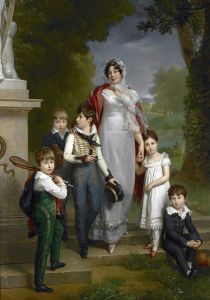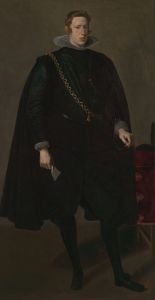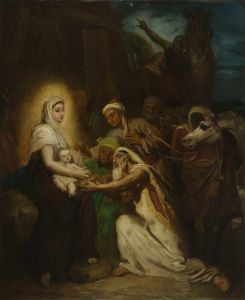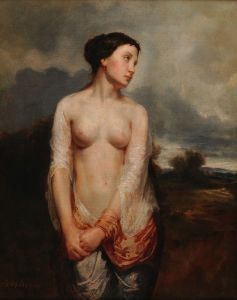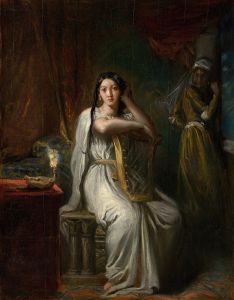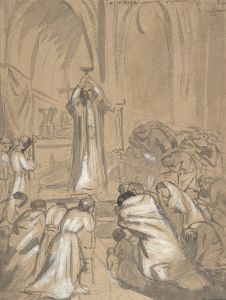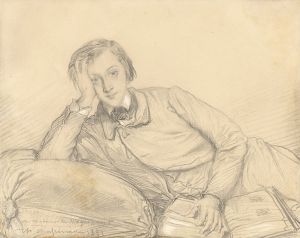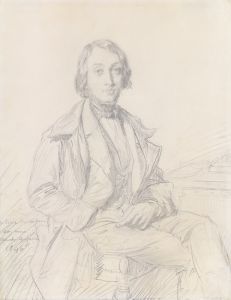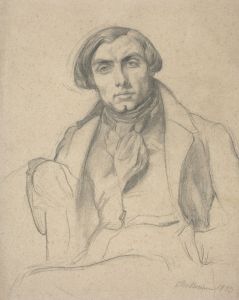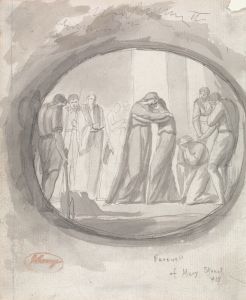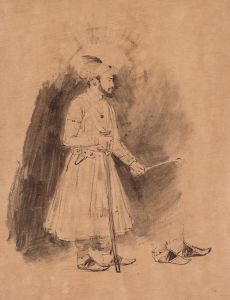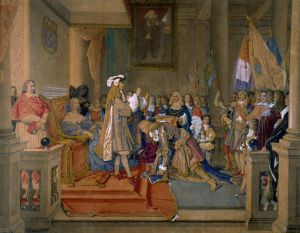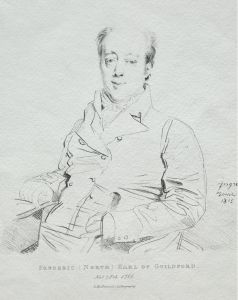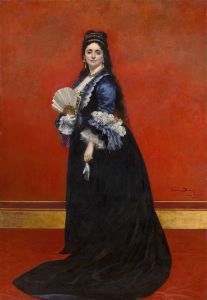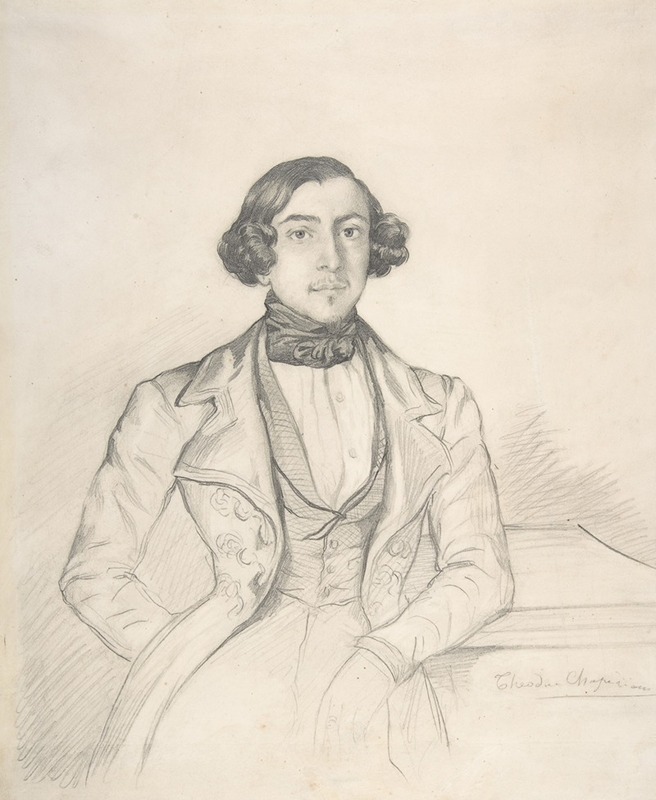
Count Philibert-Oscar de Ranchicourt
A hand-painted replica of Théodore Chassériau’s masterpiece Count Philibert-Oscar de Ranchicourt, meticulously crafted by professional artists to capture the true essence of the original. Each piece is created with museum-quality canvas and rare mineral pigments, carefully painted by experienced artists with delicate brushstrokes and rich, layered colors to perfectly recreate the texture of the original artwork. Unlike machine-printed reproductions, this hand-painted version brings the painting to life, infused with the artist’s emotions and skill in every stroke. Whether for personal collection or home decoration, it instantly elevates the artistic atmosphere of any space.
Théodore Chassériau, a notable 19th-century French Romantic painter, is renowned for his portraits, historical scenes, and Orientalist works. One of his significant portraits is "Count Philibert-Oscar de Ranchicourt," which exemplifies his skill in capturing the essence and character of his subjects.
Théodore Chassériau was born on September 20, 1819, in El Limón, a coffee plantation near Samaná, in what is now the Dominican Republic. He moved to Paris at a young age and became a student of the famous painter Jean-Auguste-Dominique Ingres at the age of 11. Chassériau's early work was heavily influenced by Ingres, but he later developed his own style, incorporating elements of Romanticism and Orientalism, which were popular during his time.
The portrait of Count Philibert-Oscar de Ranchicourt is a testament to Chassériau's ability to blend the precision of Ingres' neoclassical style with the emotional depth and vibrant color palette characteristic of Romanticism. The painting captures the count with a sense of dignity and poise, reflecting both his social status and personal character. Chassériau's attention to detail is evident in the rendering of the count's attire and the subtle play of light and shadow on his face, which adds a lifelike quality to the portrait.
Chassériau's portraits are known for their psychological depth, and this work is no exception. The artist was adept at conveying the inner life of his subjects, often imbuing them with a sense of introspection and complexity. This ability to capture the psychological nuances of his sitters set Chassériau apart from many of his contemporaries and contributed to his reputation as one of the leading portraitists of his time.
The painting of Count Philibert-Oscar de Ranchicourt is part of Chassériau's broader oeuvre, which includes a variety of subjects ranging from historical and religious themes to scenes inspired by his travels in North Africa. His work was well-received during his lifetime, and he exhibited regularly at the Paris Salon, the official art exhibition of the Académie des Beaux-Arts in Paris.
Chassériau's influence extended beyond his lifetime, impacting later artists such as Gustave Moreau and the Symbolists, who admired his ability to blend realism with imaginative and exotic elements. Despite his relatively short life—he died at the age of 37 in 1856—Chassériau left a lasting legacy in the art world, and his works continue to be studied and appreciated for their technical mastery and emotional depth.
The portrait of Count Philibert-Oscar de Ranchicourt remains an important example of Chassériau's portraiture, showcasing his unique ability to capture the essence of his subjects while also reflecting the broader artistic trends of his time. As with many of Chassériau's works, this painting is celebrated for its combination of precise draftsmanship and rich, expressive color, making it a significant piece in the history of 19th-century French art.





